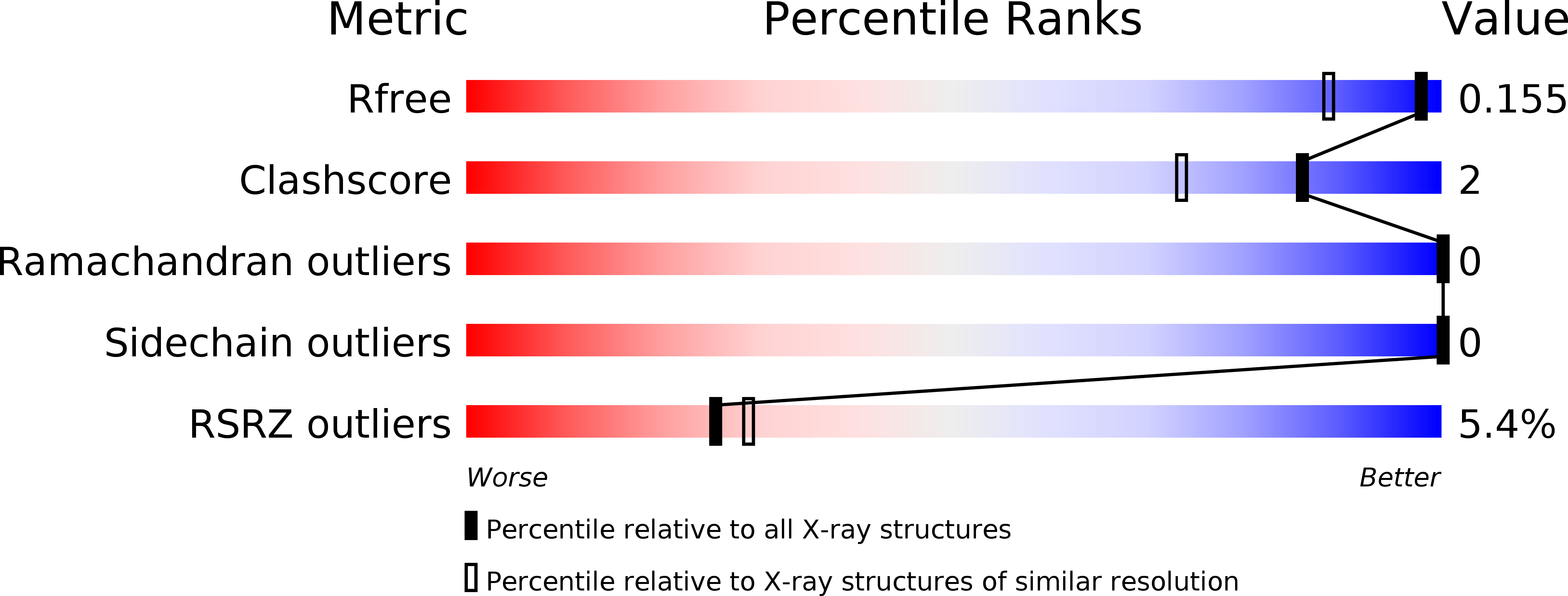
Deposition Date
2017-07-05
Release Date
2017-07-19
Last Version Date
2023-10-04
Method Details:
Experimental Method:
Resolution:
1.35 Å
R-Value Free:
0.15
R-Value Work:
0.14
R-Value Observed:
0.14
Space Group:
H 3 2


